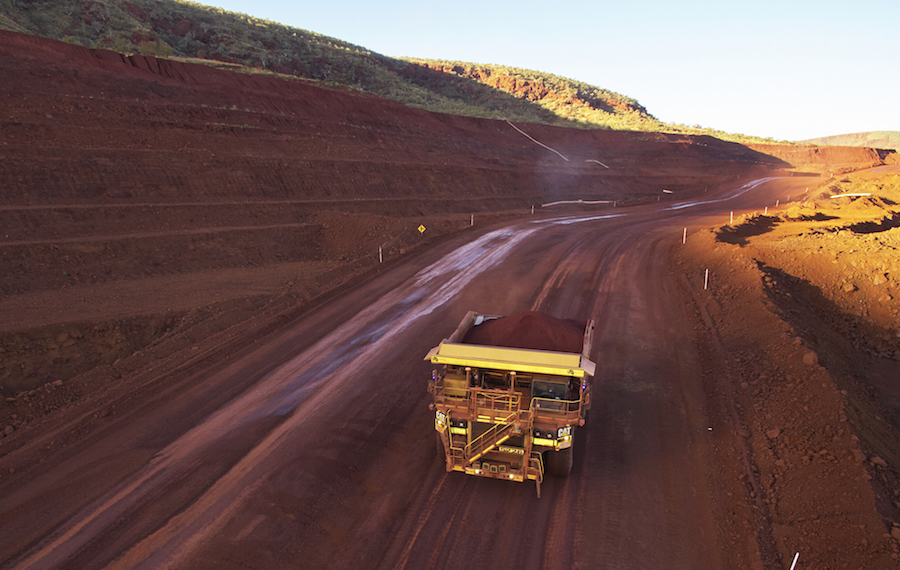
“Fortescue is now firmly leading corporate Australia with this commitment,” said Dan Gocher, climate director with the Australasian Centre for Corporate Responsibility.
Market Forces, another investor activist group, called on Fortescue to clarify the extent to which it planned to rely on purchasing carbon “offsets”. These could include investments in programs such as planting trees that naturally store carbon, to mitigate emissions from its own operations and meet the new 2030 net-zero target.
Fortescue chief Elizabeth Gaines said the company was “not ruling out” the use of offsets, but would seek to limit their use.
Fortescue is seeking to move from being a major consumer of fossil fuel to a major clean and renewable energy exporter.
“Offsets would only be a last course, and only offsets that are reputable and meet a very high standard would be considered,” Gaines said.
Fortescue is seeking to move from being a major consumer of fossil fuel with a current trajectory of more than 1 billion litres a year of diesel being used across the operations if no remedial action is taken – to a major clean and renewable energy exporter.
As part of that plan, the miner has announced it aims to start producing green hydrogen as soon as 2023.
Mining billionaire Andrew Forrest, Fortescue’s founder and major shareholder, predicted the world’s conversion to green energy and products would occur “almost violently”. He noted that most forecasts assume that hydrogen produced from renewable energy would only become commercially viable in the 2030s.
“As of today’s announcement, all those calculations will have to change,” Forrest told reporters in a call on Monday.
Scope 3 neglected
The fresh target, part of the company’s climate change strategy, only considers Scope 1 and Scope 2 greenhouse emissions — those directly generated by an organization, as well as indirect emissions from the power it buys to run its operations.
Scope 3 emissions, caused when a company’s product is utilized, processed or shipped to customers, are yet to be addressed by Fortescue, which places the company behind BHP and Rio Tinto’s recent pledges.
Fortescue focused instead on highlighting upcoming trials to use renewable energy in the Pilbara to convert iron ore to green iron at low temperatures, without coal.
“Each of these projects will contribute to the world’s inexorable march to carbon neutrality. Fortescue will establish that the major steel, truck, train, ship and mobile plant industries can be operated with renewable, environmentally friendly energy,” Gaines said.
While Fortescue does not extract fossil fuels such as coal, Market Forces estimates the company’s Scope 3 emissions from the use of the iron ore it produces are equally bad. The carbon-heavy steelmaking process, it says, accounts for at least 90% of the emissions in Fortescue’s value chain.



